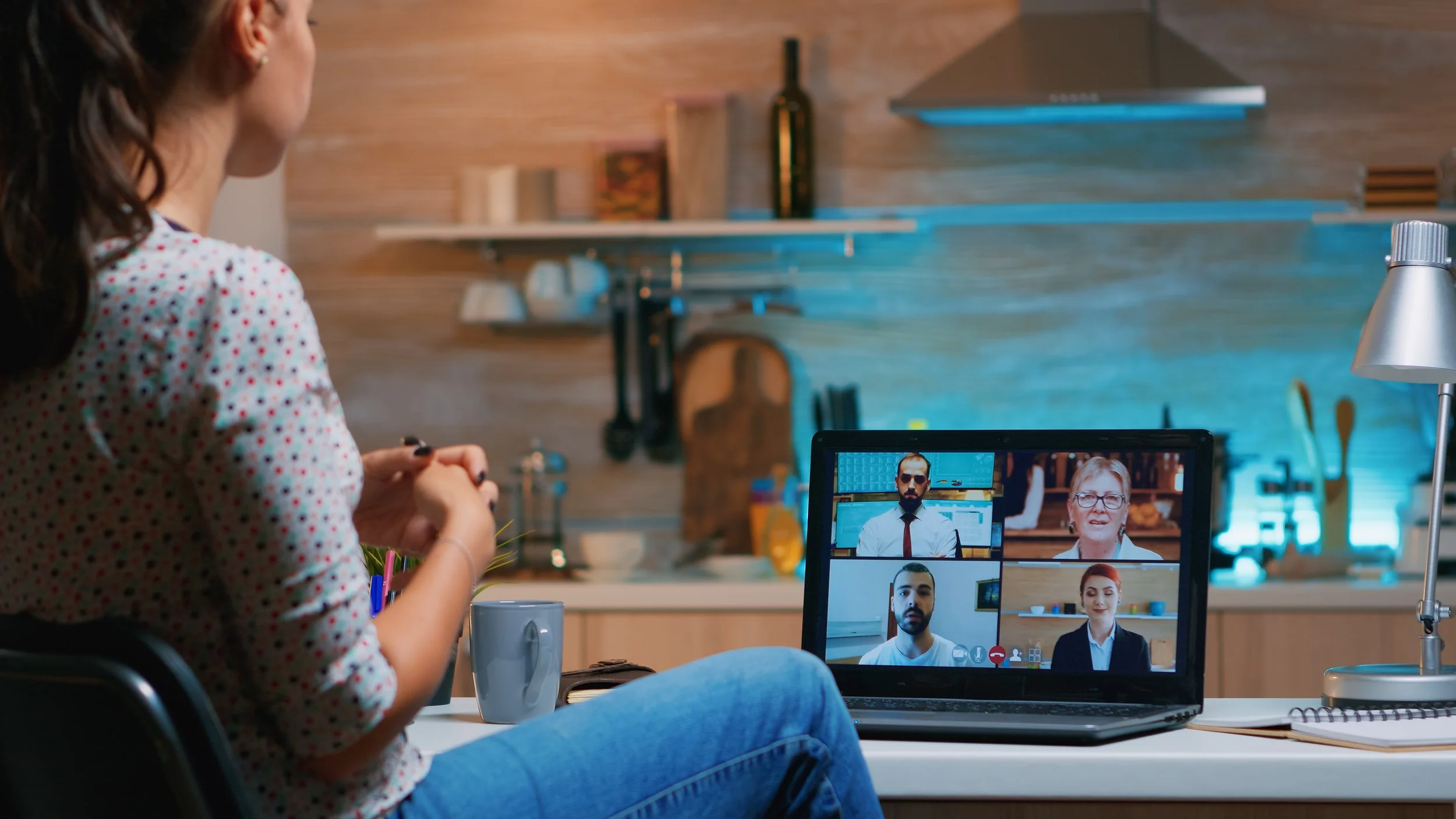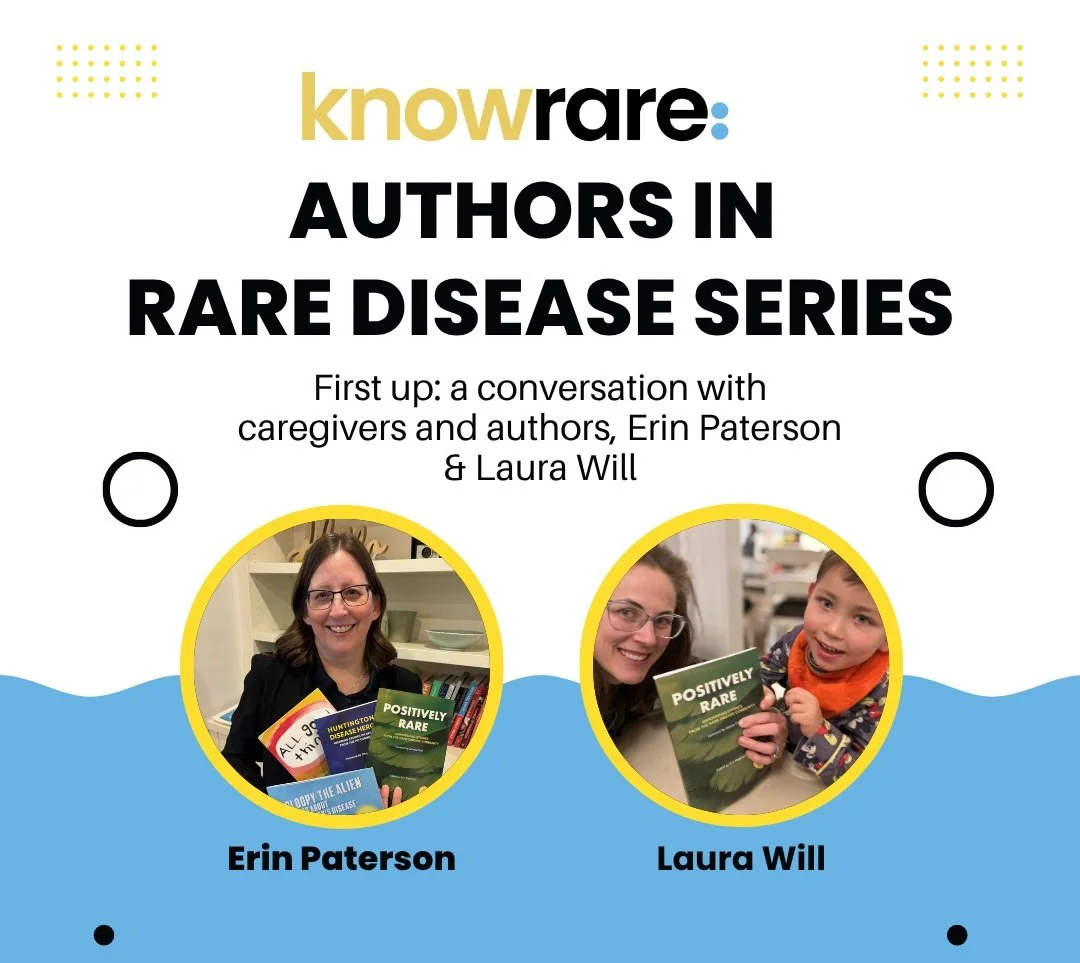Cultivating Flexible Hope: A look at the emotional cycles in chronic illness
Alden taking his first independent steps in his gait trainer
By Laura Will
While stretching out my toddler’s stiff hamstrings, his physical therapist looked up at me and gently said, “We’d like to have your son fitted for a wheelchair.” My heart promptly fell into my stomach. I nodded, “Okay,” and stepped out of the room to collect myself. My little boy was working hard in his therapy sessions and making subtle, yet perceivable, progress. We were all doing our best. Out of the depths of post-diagnosis despair, I had rediscovered hope. I knew the expectation of ambulation was tenuous; however, in the midst of uncertainty, it was worth striving for. Stepping into the hallway, I felt myself letting go of the wheelchair-free future I had dared to entertain as a possibility. Once again, I was softening into acceptance.
This emotional cycle from hope to grief, from grief to acceptance, and from acceptance to hope again is a journey with which my heart has become familiar. Wisdom through the ages speaks of the relationship between acceptance and hope.
The 13th-century Islamic poet and scholar Rumi wrote, “Life is a balance of holding on and letting go.” In the world of rare diseases, the relationship between hope and acceptance is continuously at play.
With shifting symptoms, missed milestones, and novel treatment options, hope needs to intermittently be reinvisioned. In the midst of this ever-changing medical uncertainty, there is great value in cultivating flexible hope. We know from longitudinal research that the amount of hope individuals report has a predictive value on subjective well-being, weeks and months into the future (Heinitz, 2018). Neuroscientists exploring research in positive psychology are finding that not only does hope release feel-good endorphins, but a hopeful disposition can quite literally be seen in the structure of a brain (Song, 2020).
Without hope, there is little sense of self-agency, and resignation and depression can take hold. So, how do we cultivate this resilient force? Hope theory suggests that hope grows as we set goals, form workable strategies for achieving those goals, and possess positive beliefs about the ability to sustain goal-oriented behaviors (Worthen, 2010). All the while, it is critical to celebrate small incremental wins and trust that you are doing your best, no matter the outcome.
I found myself deeply depressed immediately after my son’s diagnosis. I had not yet accepted our new reality. I was angry, and filled with fear. The idea of setting a goal provoked a sense of anticipatory grief, as I pictured each missed milestone. With time I have been able to sit more comfortably with grief, the anger has mostly been digested, and acceptance continues to seep in.
While I can not trust the future health of my child, I have found things I can trust: his doctors, his one-to-one aid, my partner, the coffee maker, laughter, and my desire to care for my son. Naming the things we trust can offer some sense of control. With that trust, the fear is held at bay; and, if we pay attention, hopeful little moments start unfolding before us.
The same week we went to an equipment clinic to get measured for a pediatric wheelchair, I saw my son take his first independent steps in his gait trainer. Yes, his wheelchair will be an integral part of his life, and there is hope in that future too.
Sources:
Heinitz, K., Lorenz, T., Schulze, D., Schorlemmer, J. (2018). Positive organizational behavior: longitudinal effects on subjective well-being. PLoS One, 13, e0198588.
Song Wang, Yajun Zhao, Jingguang Li, Han Lai, Chen Qiu, Nanfang Pan, Qiyong Gong, Neurostructural correlates of hope: dispositional hope mediates the impact of the SMA gray matter volume on subjective well-being in late adolescence, Social Cognitive and Affective Neuroscience, Volume 15, Issue 4, April 2020, Pages 395–404.
Worthen, V., & Isakson, R. (2010). Hope-the anchor of the soul: Cultivating hope and positive expectancy. Issues in Religion and Psychotherapy, 33(1), 9.
About Rare Resiliency:
Rare Resiliency is a monthly column written and/or curated by Laura Will. This column explores the concepts and skills that play a protective role against chronic and acute stress. Each article challenges and encourages the reader to continue to develop that inner steadying strength as they face illness and uncertainty, sorrow and joy.































